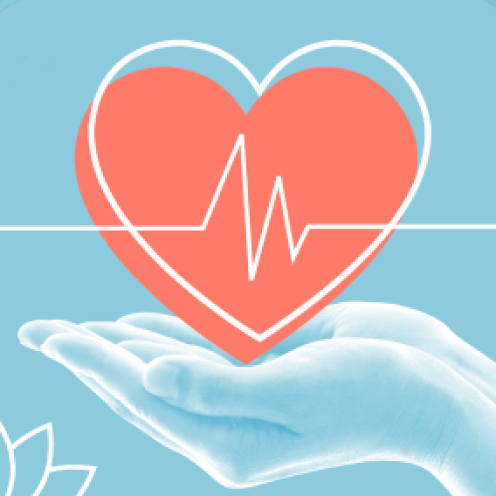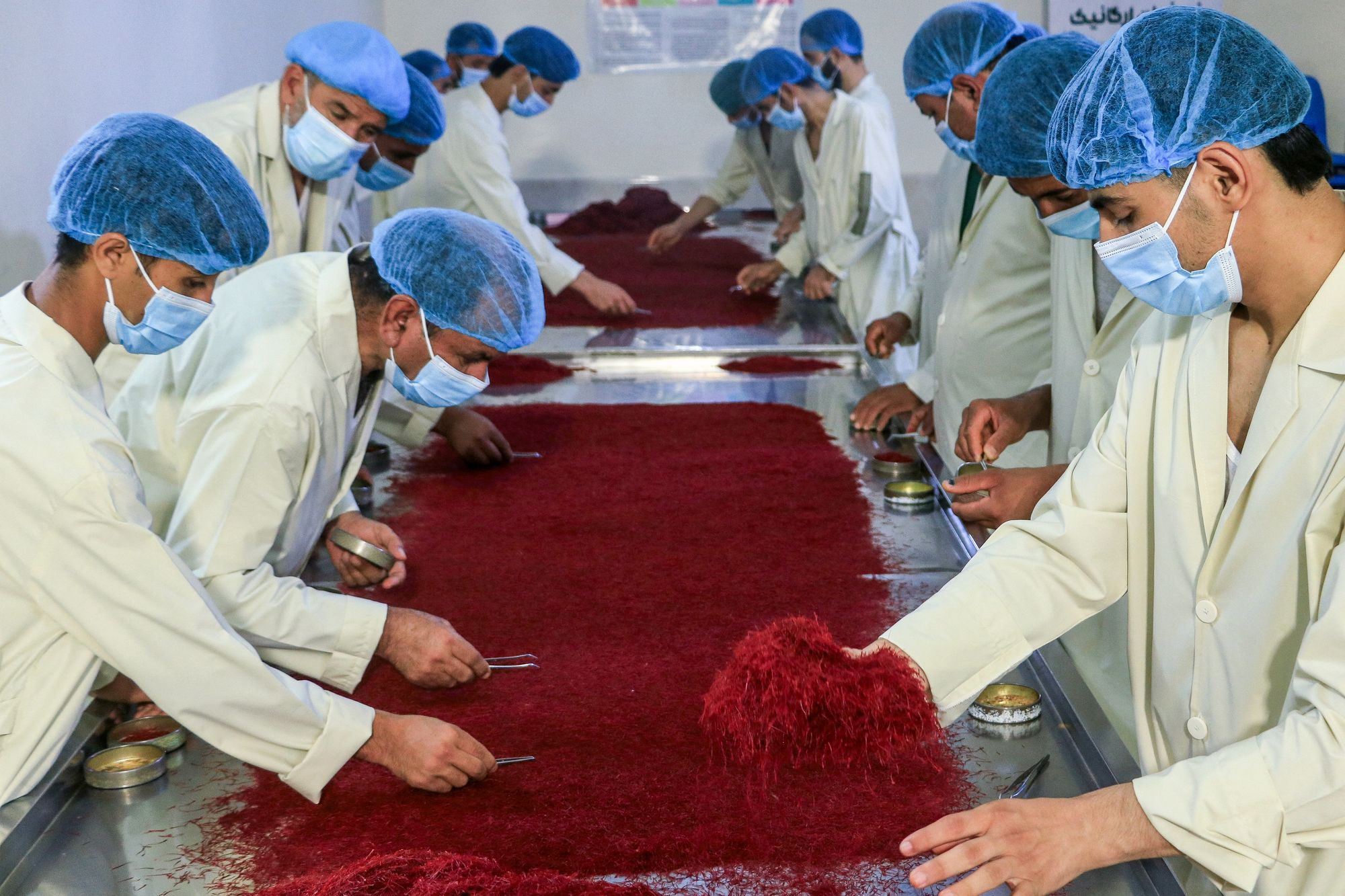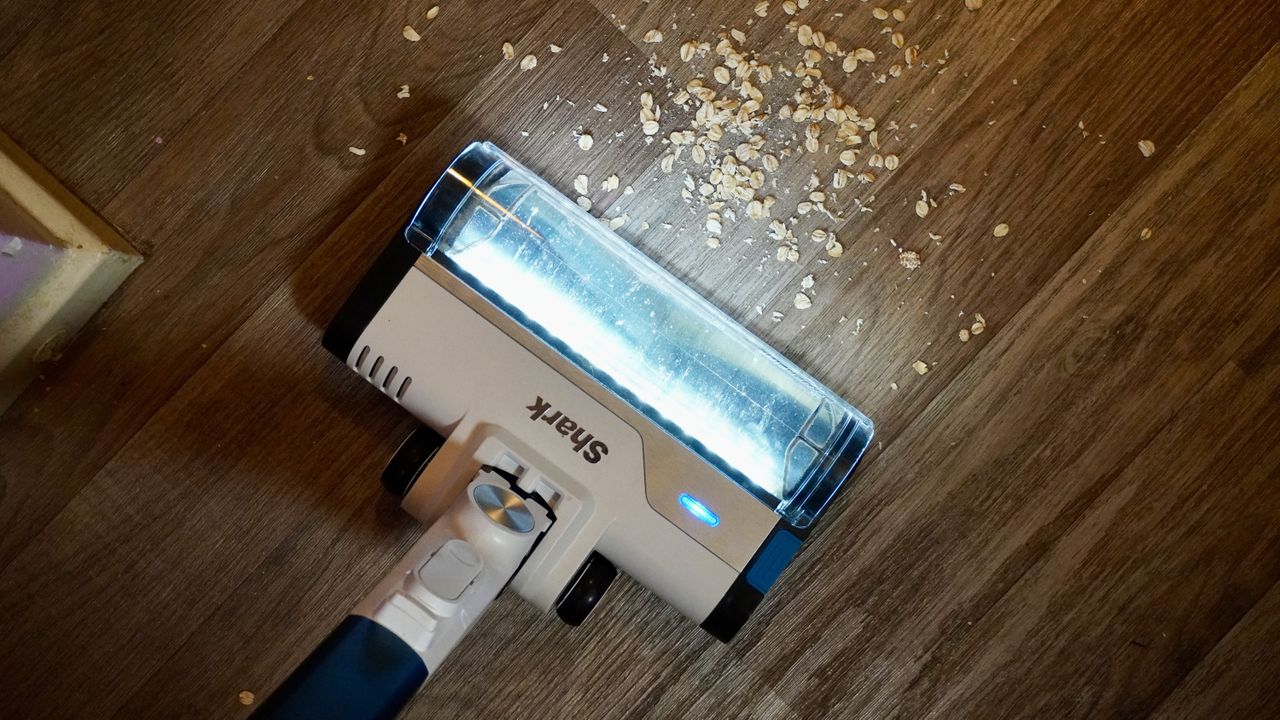- Lifestyle
- Health & Families
Commonly known as ‘Red Gold,’ this ancient remedy is widely known as the world’s most expensive spice and may also aid in treating Alzheimer’s disease symptoms
Julia Mustoin New YorkFriday 21 November 2025 15:55 GMTComments
 CloseDelicious Vanilla-Filled Saffron Buns Recipe
CloseDelicious Vanilla-Filled Saffron Buns Recipe
Sign up to our free Living Well email for advice on living a happier, healthier and longer life
Live your life healthier and happier with our free weekly Living Well newsletter
Live your life healthier and happier with our free weekly Living Well newsletter
 Email*SIGN UP
Email*SIGN UPI would like to be emailed about offers, events and updates from The Independent. Read our Privacy notice
Saffron is used to add golden color and earthy flavor to rice and paella dishes and baked goods served around the world. But many saffron-lovers may not know the ancient spice also has qualities that could greatly bolster your health.
The spice is packed with immunity-boosting vitamin C and the nervous system-regulating mineral manganese. It has antioxidants that fight cancer, and several studies have shown saffron could be effective at battling premenstrual syndrome-related depression in women.
Additional research has found that the antioxidants in saffron – including crocetin, crocin and safranal – may be healthy for your brain, helping to improve cognitive function in people with mild-to-moderate Alzheimer’s disease.
The most common form of dementia, Alzheimer’s affects more than 7 million Americans.
“The antioxidants in saffron could help protect the brain from damage,” Cleveland Clinic registered dietitian Beth Czerwony said in a statement.
 open image in gallerySaffron, commonly used to spice up paella, has heart, brain and eye benefits (Getty Images/iStock)
open image in gallerySaffron, commonly used to spice up paella, has heart, brain and eye benefits (Getty Images/iStock)And the brain can get a mental boost from saffron, as well, with a handful of studies finding consuming saffron could help alleviate debilitating symptoms of depression.
An estimated 21 million American adults live with the mental health condition that makes it harder for them to perform daily tasks.
“Saffron could become a future depression treatment if we get more evidence and data,” says Czerwony. “However, we need larger studies that look at long-term outcomes before saffron can replace proven depression medications.”
Saffron might also help to keep our eyes healthy, Banner – University Medicine registered dietitian Lori Schnelker explained.
“Saffron has been shown to reduce inflammation in the eye, helping to decrease the risk for certain eye conditions like macular degeneration,” she said.
It may also help prevent heart disease, America’s leading cause of death, by lowering levels of harmful cholesterol.
“Saffron, like garlic and cinnamon, also has potential heart benefits such as lowering cholesterol and [bad LDL cholesterol] levels and improving HDL levels,” Schnelker said. “This can help reduce the risk of heart attacks and stroke.”
 open image in galleryAfghan workers sort and process dry Saffron at a facility in Herat in August 2024. Afghanistan and Iran are some of the world’s top producers of saffron (AFP via Getty Images)
open image in galleryAfghan workers sort and process dry Saffron at a facility in Herat in August 2024. Afghanistan and Iran are some of the world’s top producers of saffron (AFP via Getty Images)And, the spice’s uses in health extend beyond modern medicine.
It’s used as an anti-seizure remedy in Iranian folk medicine, although Czerwony says more research needs to be done into its safety and effectiveness.
Still, cultures have relied on saffron for thousands of years.
With roots in ancient Greece and western Asia more than 3,000 years ago, the spice comes from the purple Crocus sativus flowers that grow in the regions today — mainly in Iran and Afghanistan.
Often referred to as “Red Gold,” saffron is widely known as the world’s most expensive spice. Just three grams sells for $16 online.
That’s because of its labor-intensive harvesting, according to the University of Vermont.
It takes approximately 150 to 170 saffron flowers to produce one gram of spice, and about 4,000 saffron flowers to produce a single ounce.
Whether that price is worth it is up to you, but saffron is indisputably versatile.
People can get the dried flowers and use them for tea or crushed as a powder to add to sweet and savory meals. It’s good in pudding and milk cake soaked in honey and risotto dishes with clams.
More about
SaffronSpicedepressionMental HealthVitaminsJoin our commenting forum
Join thought-provoking conversations, follow other Independent readers and see their replies
Comments



